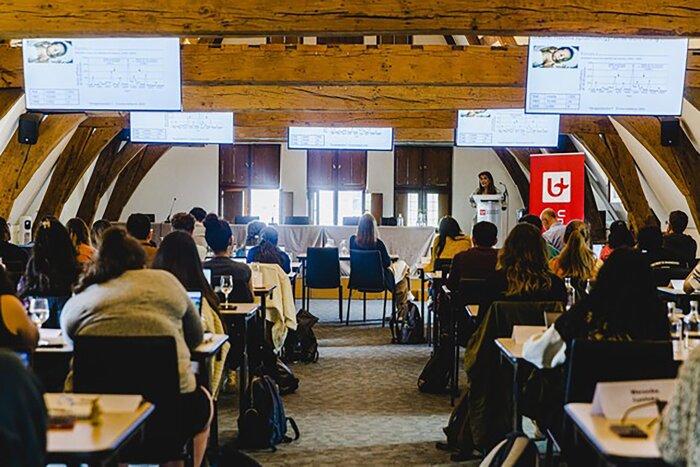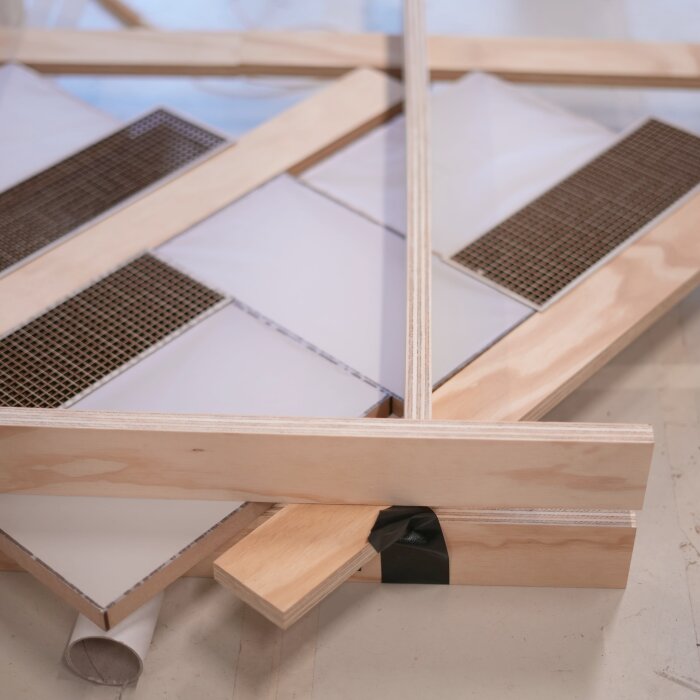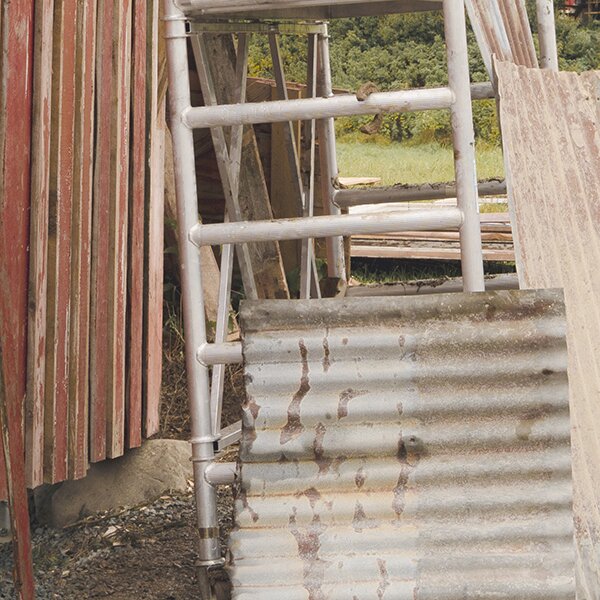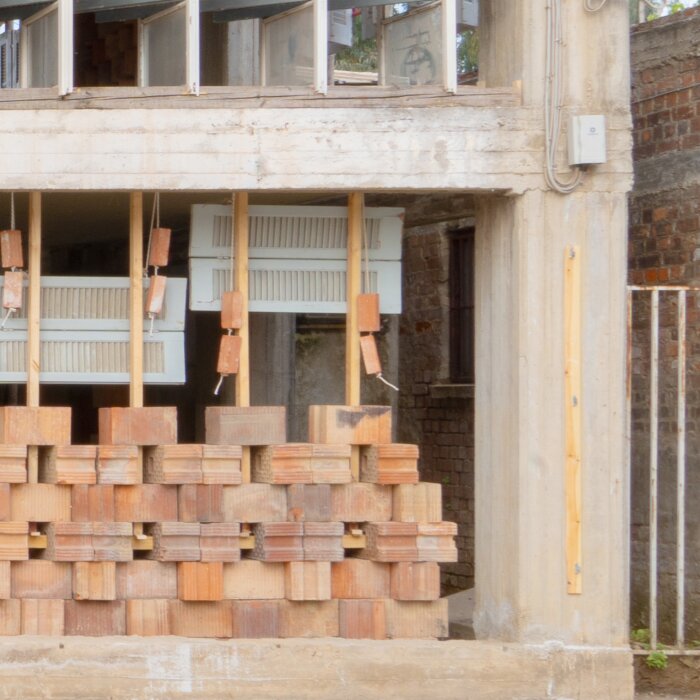Symposium 27 September 2024 — University of Antwerp
Participation is free of charge. Registration is required.
The excursion on Saturday is fully booked!
-
 F. de Tassiszaal, Universiteit Antwerpen
F. de Tassiszaal, Universiteit Antwerpen
Join our symposium to discuss how to elevate circularity in architecture education through making. On 27 September 2024, we invite you to Antwerp to see the outcome of the rich Erasmus+ project and engage in a broad discussion. Through three thematic blocks, the project partners will show the work and results of all phases, each focusing on a central topic of exploration through which other educators and colleagues will connect with their work and approaches. Through a multi-layered reflection, we hope to stimulate an important discourse on educational change and student engagement. The results of this symposium will contribute to the project publication, which will be launched in spring 2025.
Program
10.00 Welcome and introduction
10.10 What is CIRCARCH?
Rethinking tolerance
10.20 Amsterdam Workshop: Goal, Brief, Setup, Partners — Machiel Spaan & Jeroen van Mechelen (Amsterdam Academy of Architecture)
10.30 Pedagogical framework — Maria Vrontissi (University of Thessaly Volos, Greece)
10.40 Guest view: Alessandro Tellini (ETH Zurich) — Material As Experience
10.55 Guest view: Ute Christina Groba (AHO Oslo) — Size, time, and value — The parts and the whole in two circularity studios at AHO
11.10 Guest view: Kenny Verbeeck (Bollinger+Grohmann) — Hay! Let’s design & build
11.30 Discussion
12.00 Break
Rethinking resources
13.15 Workshop Trondheim: Goal, Brief, Setup, Partners — August Schmidt & Arnstein Olav Gilberg (Norwegian University of Science and Technology, Trondheim)
13.25 Pedagogical framework — Carmen Rist-Stadelmann (University of Liechtenstein)
13.35 Guest view: Camille Fauvel (EPF Lausanne) & Tiphaine Abenia (Université libre de Bruxelles): Land of Thousand Dances, the place as a resource
13.50 Guest view: Rafael Novais Passarelli (Uni Hasselt) — The Journey to Circular Design: Where Enthusiasm Meets Uncertainty
14.10 Discussion
14.45 Break
Rethinking permanence
15.15 Workshop Volos: Goal, Brief, Setup, Partners — Maria Vrontissi (University of Thessaly Volos, Greece)
15.25 Pedagogical framework: Arranging-rearranging — Urs Meister (University of Liechtenstein)
15.35 Guest view: Miriam Dunn (University of Limerick) — AGE: Assembly, Gravity and Environment: Teaching an approach to Permeance through Making and Design Thinking
15.50 Guest view: Jean‐Philippe Possoz (Université de Liège) — The value of unmaking
16.10 Discussion
16.45 Conclusion and outlook
17.15 Apero
Rethinking tolerance
The first block focuses on the basic elements of design and construction and their crucial dependency on their physical characteristics after being fabricated or already used.
- How should we consider reclaimed materials as basic elements in an architectural design?
- What is the relationship between these delicate elements and dynamically changing, precarious environments?
- And how should we rethink tolerances in design and construction?
Rethinking resources
The second block will discuss the meaning of local resources and their significant relationship to the planning and construction process, as well as the fruitful consequences of limitations.
- How can we consider the possibility of local resources for construction?
- What are the constraints of the most direct reuse of materials and components available in-situ?
- And what do dismantling and assembly processes teach us about the design for circularity?
Rethinking permanence
The third block focuses on the time layers of a building and its environment, specifically looking into the lifespan of architectural functions and the physical components enabling them.
- How can we understand the lifespan of our building materials?
- What is the permanence of architectural programs, and are buildings framing them?
- And how can we accommodate processes of change with the materials we already have?
-
 Tolerance
Tolerance -
 Ressource
Ressource -
 Permanence
Permanence